As a part of our partnership with ESPN, this is a part of a story that was originally published on ESPN+ and can be viewed in its entirety here with your ESPN+ subscription – NFL quarterback kryptonite: The biggest weaknesses for all 32 of the 2020 starting QBs
Despite what we've seen so far this season from Russell Wilson, no NFL quarterback is perfect (though Wilson has looked pretty close to it). Everyone has a weakness or a problem area — and plenty have more than one. Whether its accuracy, downfield throwing, taking too many sacks or something else, something stands out for all 32 starters.
Thanks to the advanced PFF data, we are able to identify those areas in need of improvement. Utilizing the PFF play-by-play grading and everything else at our disposal, from our ball-charting and QB accuracy numbers to performance from a clean pocket, we identified the biggest weakness for every 2020 starting quarterback across the NFL.
ARZ | ATL | BLT | BUF | CAR | CIN | CHI | CLE | DEN | DAL | DET | GB | HOU | IND | JAX | KC | LVR | LAC | LAR | MIA | MIN | NE | NO | NYG | NYJ | PHI | PIT | SF | SEA | TB | TEN | WFT
ARIZONA CARDINALS
KYLER MURRAY
Biggest weakness: Intermediate (10-19-yard) pass game
The intermediate range is the “money zone” for the top NFL quarterbacks, but Murray has struggled where many excel. His 54.2 passing grade on throws to the intermediate range is by far the worst in the league since 2019, and he has just three big-time throws against nine turnover-worthy throws, while the rest of the league is working at more of a 1-to-1 ratio in that range. Murray also has work to do when it comes to avoiding unnecessary sacks, but figuring out the intermediate passing game is the real key to taking the next step toward stardom.
ATLANTA FALCONS
Matt Ryan
Biggest weakness: Turnover-worthy plays
It was difficult finding a clear weakness for Ryan, who is solid across the board, but he has seen an uptick in turnover-worthy plays since the start of 2019. He has the 18th-highest percentage at 4.1%, so it's not as if he's a league leader, but it's much worse than what we saw from him at his best from 2016 through 2018. Ryan has had spurts of elite play in his career, but the risky throws are what make him look more like a Tier 3 option, and we are seeing more of those over the past two seasons.
BALTIMORE RAVENS
Lamar Jackson
Biggest weakness: Accuracy
There's nuance to accuracy, and in this case, it's about actual ball location from Jackson on a throw-by-throw basis. His best throws are spectacular, and we've seen plenty of pinpoint passes into tight windows since 2019, but he still has room to improve his ball placement. Since 2019, Jackson's accuracy percentage ranks just 34th in the league because of a No. 7 ranking in passes that are catchable but inaccurate. Putting the ball on the receiver's frame for more catch-and-run opportunities is his next development step.
BUFFALO BILLS
Josh Allen
Biggest weakness: Turnover-worthy plays
Despite low interception totals over the past two seasons, Allen still has plenty of work to do in protecting the ball. He has the eighth-highest rate of turnover-worthy plays since 2019 and already has three dropped interceptions and two fumbles in 2020. Allen has shown off his big-play ability this season, and that's part of the trade-off with a volatile quarterback. However, high percentages of turnover-worthy plays do turn into actual turnovers over time, and Allen's next development step is cutting back on those miscues.
CAROLINA PANTHERS
Teddy Bridgewater
Biggest weakness: Accuracy on 5-plus-yard throws
We have about 2½ years of data for Bridgewater as a starter, and he clearly fits in the “game manager” section of the quarterback spectrum. He limits turnover-worthy plays, but there are few explosive plays with Bridgewater at the helm, as evidenced by his accuracy percentage of just 43.4% on 5-plus-yard throws, good for 43rd out of 49 quarterbacks since 2018. Bridgewater also ranks just 26th in PFF passing grade on 5-plus-yard throws since entering the league.
CINCINNATI BENGALS
Joe Burrow
Biggest weakness: Downfield passing
It's early in Burrow's career, and we have a 2019 season at LSU filled with 20-plus-yard “handoffs” on deep throws, but that has been his weakness in the early going with the Bengals. Burrow's 49.3 passing grade on 20-plus-yard throws ranks sixth-to-last, and he's thrown only one catchable pass out of 17 such attempts. He also doesn't have a cannon for an arm, making his NFL margin for error smaller than it is for others. It's something to keep an eye on as he develops.
CHICAGO BEARS
Nick Foles
Biggest weakness: Really bad games
Foles is still remembered for the highest of his highs, as his performances in the 2017 NFC Championship Game and the subsequent Super Bowl make up one of the best two-game stretches in NFL history. However, Foles also had five of the 10 worst games by an Eagles starter during his time with the team between 2017 and 2018, despite playing just 13 games compared to Carson Wentz's 24. The highs are high and the lows are low when it comes to Foles.
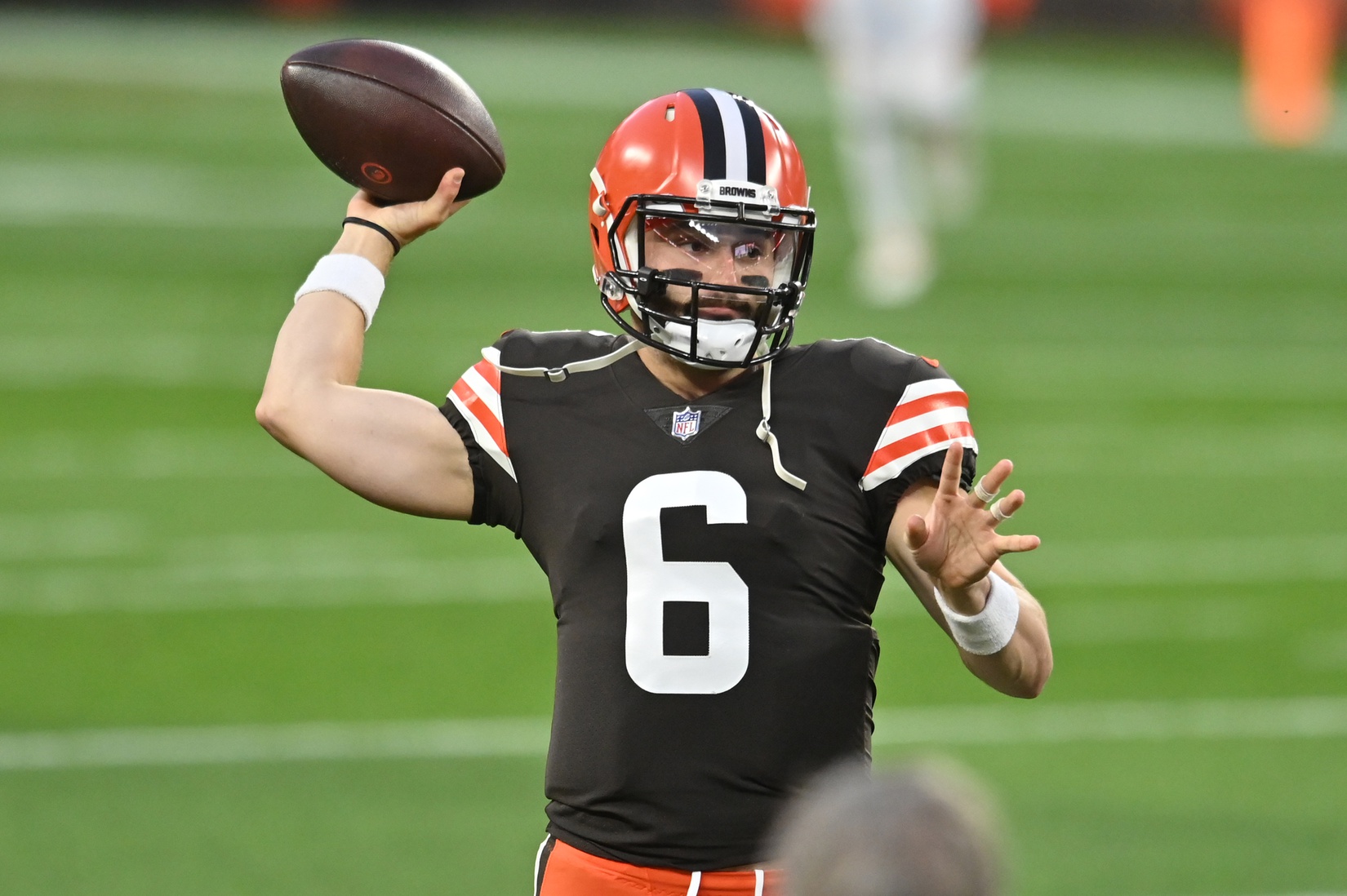
CLEVELAND BROWNS
Baker Mayfield
Biggest weakness: Pocket presence
Even in college, Mayfield vacated too many clean pockets and played outside of structure more than he should have, but that weakness has been exacerbated over the past two years. Since 2019, he has 37 plays in which he took himself out of rhythm (essentially, vacated a clean pocket), and he has just a 28.5 passing grade to show for it. Mayfield has done this more than any quarterback during that time and must trust the structure of the offense to maximize his potential.
DALLAS COWBOYS
Dak Prescott
Biggest weakness: High-volume games
Here's one that should be put to the test this season. Coming into 2020, Prescott had played in 28 “high-volume” games — games in which a quarterback drops back 40 or more times — and he achieved a PFF grade of at least 80.0 only once in those, 35th out of 36 quarterbacks with at least 10 such games. So far this season, Prescott has two 80.0-plus grades in three high-volume games, so maybe there is a turnaround happening in Dallas. That said, from 2016 to 2019, the Dallas signal-caller performed better in games where he wasn't asked to do as much, and that had always separated him from some of the other top quarterbacks around the league.
DENVER BRONCOS
Drew Lock
Biggest weakness: 10-plus-yard throws
Lock is another quarterback with excellent arm strength but subpar production where it matters. On throws over 10 yards, Lock's 49.7 passing grade ranks last out of 40 qualifiers since he entered the league, and he also ranks last with an uncatchable-pass percentage of 50.0%. Lock's upside is dependent on taking advantage of his arm talent, and he's more than capable of making all of the throws. He just hasn't done it to this point in his NFL career.
DETROIT LIONS
Matthew Stafford
Biggest weakness: Consistency
The word “consistency” is often a cop-out and simply synonymous with “good,” but Stafford's highs are so high, it's tantalizing. The best Stafford is a modern-day quarterback with the ability to create chunk plays both inside and outside of structure. The arm talent is always on display in high-end Stafford games, as he puts best-in-the-world type of throws on tape. The problem is that this shows up only a handful of times every season, and Stafford's inability to string these kinds of performances together has kept him closer to the middle of the pack among the league's signal-callers than with the perennial top-10 options.
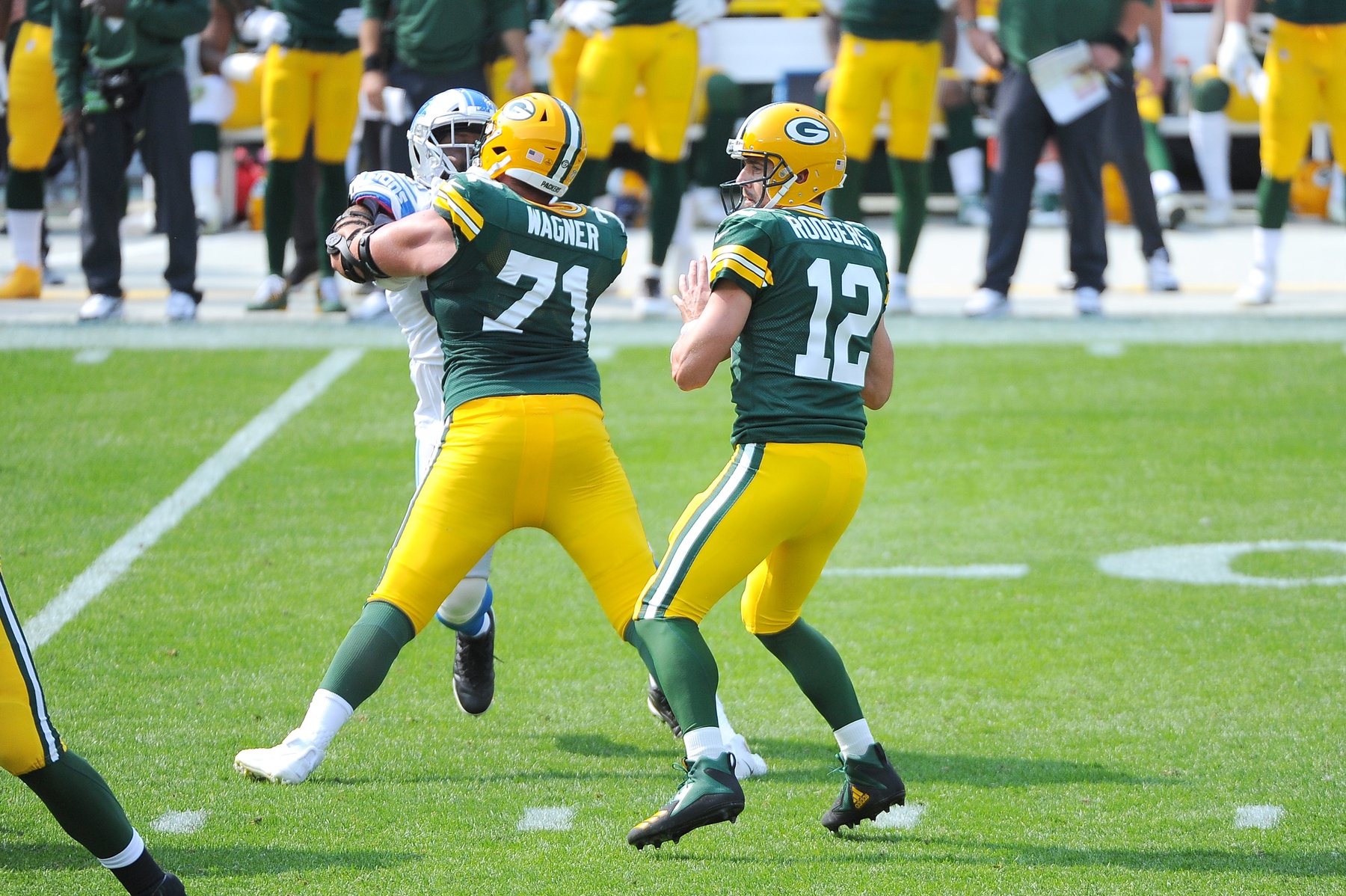
GREEN BAY PACKERS
Aaron Rodgers
Biggest weakness: Disguised coverage
Tracking the pre- and post-snap safety alignment has led to a potential answer to slowing down Rodgers. While “disguise” can come in many forms defensively, for these purposes, we are focused only on whether the defense shows an “open” middle of the field pre-snap and rotates to a “closed” look, or vice versa. Since 2018, Rodgers has a PFF passing grade of 91.0 vs. no disguise (defense shows and plays a similar look) but only a 75.3 grade against disguised looks. His ranking drops from fourth to 14th against disguise, making safety rotation something opposing defenses should attempt when facing Rodgers, especially when he's playing at the kind of level we've seen so far.
HOUSTON TEXANS
Deshaun Watson
Biggest weakness: Taking too many sacks
Much like Russell Wilson, Watson has a balancing act to play between holding the ball to create explosive plays and taking too many sacks. There's plenty of room to improve for Watson, who led the league with 61 sacks in 2018 and ranked sixth with 44 in 2019. While Watson has an MVP-caliber highlight reel, he must cut back on the negative plays and improve his ability to find the open receiver quickly rather than inviting pressure and, in turn, putting more pressure on the Texans' offensive line.
INDIANAPOLIS COLTS
Philip Rivers
Biggest weakness: Turnover-worthy plays in the middle of the field
Since the start of 2019, Rivers is tied for the league lead with 19 turnover-worthy plays in the middle of the field, and he's tied for 19th with just seven big-time throws. The middle-of-the-field ugly ducklings stirred up plenty of Rivers-is-in-decline discussion this offseason, as these passes have often shown Rivers' declining arm strength. He's savvy enough to overcome physical limitations presented late in his career, but Rivers must avoid the poor decisions in between the numbers that have marred his game in recent seasons.
JACKSONVILLE JAGUARS
Gardner Minshew
Biggest weakness: Short/intermediate passing game
It's counterintuitive to look at Minshew's skill set and match it with his production, but he has an average-at-best NFL arm with excellent production throwing 20-plus yards down the field. It's the short game that needs work: Minshew ranks just 34th with a 73.6 passing grade when throwing in the middle of the field up to 20 yards. And Minshew's accuracy percentage of 56.3% ranks just 40th out of 44 qualifiers in that area.
KANSAS CITY CHIEFS
Patrick Mahomes
Biggest weakness: Inviting pressure
It's tough to nitpick Mahomes' game, as he's already answered nearly all of the college question marks from decision-making to accuracy to playing within structure. If there's a place to improve, it's Mahomes' penchant for dropping deep in the pocket and inviting the defense to tee off on him at times. Last season we charged Mahomes with 33 pressures that were of his doing, sixth most in the league, and he led the NFL in this area with 45 pressures in 2018, including 10 sacks. It shows up only a few times per game, but improvement in this area makes Mahomes all the more dangerous.
LAS VEGAS RAIDERS
Derek Carr
Biggest weakness: Aggressiveness
Carr has all of the tools to be an excellent downfield passer, and the numbers back that up, but he just doesn't do it often enough. He has good accuracy, velocity and touch, but Carr's average depth of target of 6.9 is tied for the lowest in the NFL since 2019. When the deep pass game is schemed up, Carr is more than capable of executing, and he has the sixth-best passing grade on 20-plus-yard throws since 2018. It's not as simple as chucking more passes blindly down the field, but Carr must take more calculated risks. If he does, there's an elite season in him.
LOS ANGELES CHARGERS
Justin Herbert
Biggest weakness: Accuracy
Herbert has been thrust into the Chargers' starting role, and we've seen his impressive velocity but also his scattershot accuracy. He had an uncatchable-pass rate of 14.8% on 1-9-yard throws last season at Oregon, worse than 28 other signal-callers in the 2020 draft class. He also ranked just 34th in the class at avoiding negatively graded throws, at 19.6%. So while Herbert can turn games around in a hurry with his big arm, it's the throw-to-throw accuracy that will determine his level of NFL success.
LOS ANGELES RAMS
Jared Goff
Biggest weakness: Tight-window throws
The Rams' offense does a great job of scheming open throws, but Goff can take them to the next level with an improvement on tight-window throws. Since the start of 2019, Goff ranks just 24th out of 32 quarterbacks with an accuracy percentage of 28.8% when targeting receivers in close coverage. The good news is that tight-window performance tends to fluctuate and that a few passes can get Goff back on track, but the Rams have clearly depended on the scheme and receivers creating separation over the past few years. They can take another step forward if Goff ups his game on tight-window passes.
MIAMI DOLPHINS
Ryan Fitzpatrick
Biggest weakness: Arm strength
Fitzpatrick is a modern marvel, from his oversized beard to his below-average arm strength. Despite that limitation, Fitzpatrick has never seen a tight-window throw he didn't like, and that has led to a variety of performance outcomes throughout his career. Fitzpatrick's aggressiveness gives receivers opportunities to make plays, but it also leads to a high percentage of dangerous throws; Fitzpatrick has the eighth-highest turnover-worthy play rate in the league since 2015.
MINNESOTA VIKINGS
Kirk Cousins
Biggest weakness: Scramble drill (plays outside of structure)
Cousins has taken criticism for putting up gaudy stats but not winning big games, and that might speak to his natural playmaking ability. Since 2015, his 46.2 passing grade on scramble-drill plays ranks just 33rd out of 48 qualifiers, and he is tied for 11th with 11 turnover-worthy plays in those situations. Cousins works well within the structure of the offense, particularly off play-action, but trying to make plays during chaotic situations has not been his strong suit.
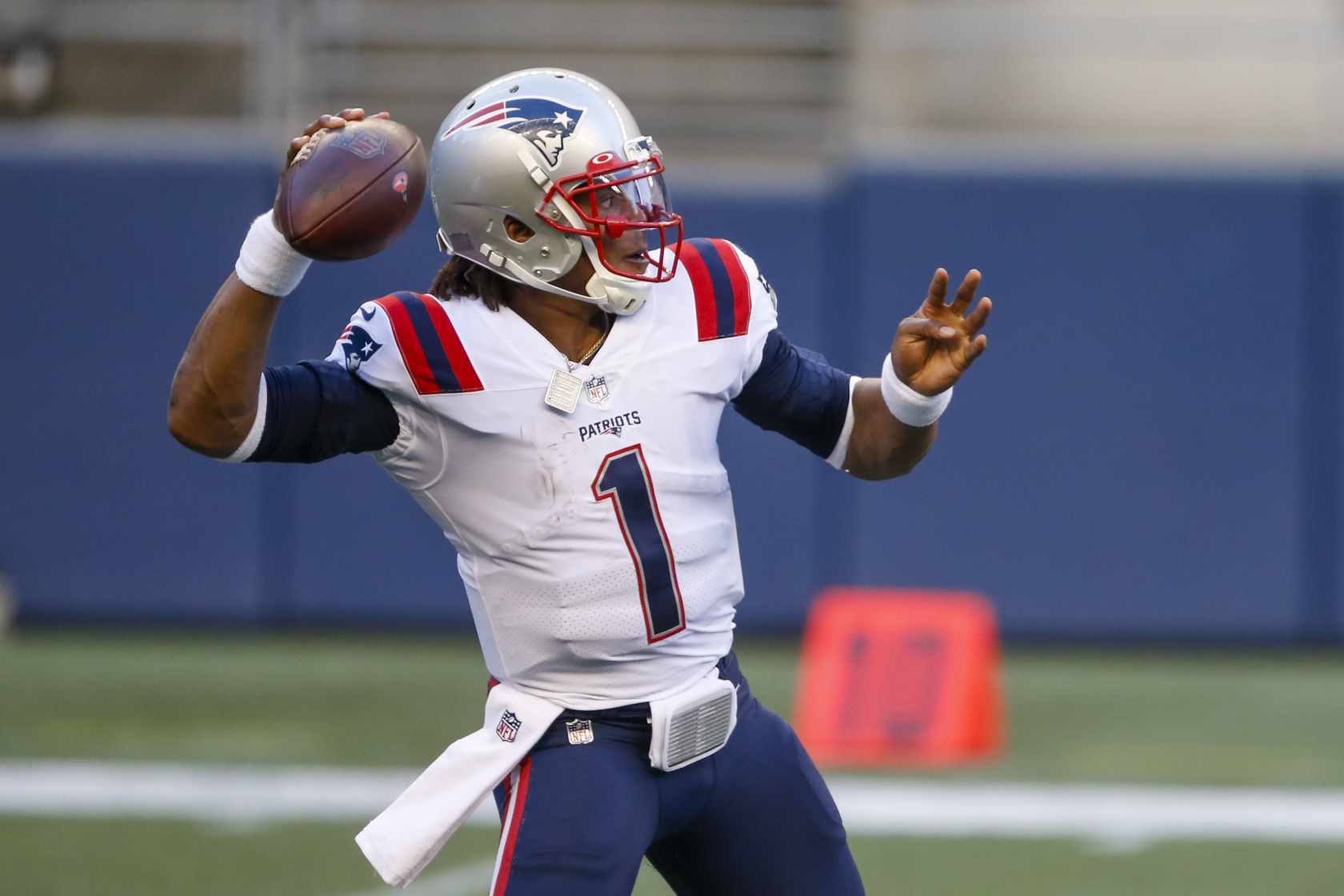
NEW ENGLAND PATRIOTS
Cam Newton
Biggest weakness: Downfield passing
Arm strength goes hand in hand with deep passing (20-plus yards), but while Newton has plenty of arm, it hasn't helped his accuracy and downfield decision-making. Since 2018, Newton's 72.5 deep passing grade ranks just 34th out of 42 qualifiers, and his 27.7% accuracy rate ranks 39th. He has the zip to get the ball down the field in a hurry, and his highlight reel of big-time throws is fantastic, but timing and ball location have been an issue throughout his career.
NEW ORLEANS SAINTS
Drew Brees
Biggest weakness: Downfield passing
Well, this is new. It used to be almost impossible to find a weakness in Brees' game, but the Saints' downfield passing attack has been nonexistent through three games. Not only does it look difficult for Brees to get the ball 20-plus yards down the field, but he's also not even trying. Only 4.4% of Brees' attempts in 2020 have been beyond 20 yards, and this comes just one year after he attempted a deep pass on only 8.2% of his attempts to finish 35th out of 36 qualifiers. This season, Brees is just 1-for-3 for 46 yards on deep passes, with his one completion coming courtesy of a busted coverage up the sideline.
NEW YORK GIANTS
DANIEL JONES
Biggest weakness: Turnover-worthy plays
The penchant for making big throws under pressure gets Jones into trouble, as he has the third-highest percentage of turnover-worthy plays in the league since the start of 2019, trailing only Jameis Winston and Kyle Allen. Jones is willing to take downfield shots even while getting hit, and that leads to a wide range of spectacular throws and easy interception opportunities. He must also get better at protecting the ball in the pocket, as he's had far too many fumbles — and not just the unavoidable, strip-sack variety.
NEW YORK JETS
Sam Darnold
Biggest weakness: Downfield passing
At USC, Darnold was excellent in the short and intermediate game, but his deep accuracy needed work. It's a common shortcoming for young quarterbacks, but downfield passing can improve over time, while production tends to vary based on quality of receivers. However, Darnold has not taken the requisite step forward in this area, and his 62.0 grade on 20-plus-yard throws ranks just 38th out of 42 signal-callers since he entered the NFL. Adding more viable deep threats could help, but it's on Darnold to improve his accuracy — regardless of whom he's throwing to.
PHILADELPHIA EAGLES
Carson Wentz
Biggest weakness: Accuracy
Wentz has never been the most accurate quarterback, but it's been a particularly concerning issue early in 2020. According to PFF's ball-location charting, Wentz's best finish in accuracy percentage came in 2017, when he finished 12th, but the rest of his career has him ranking among the league's worst. He finished 38th in 2016, 27th in 2018 and 33rd last season, and he's currently last in accuracy percentage in 2020. Wentz is clearly slumping, and he is off in all aspects of his game, making the inaccuracy he's previously overcome look even worse.
PITTSBURGH STEELERS
Ben Roethlisberger
Biggest weakness: Intermediate passing
There's been a subtle decline to parts of Roethlisberger's game, even starting in 2018 during his 5,000-yard passing season. His 67.8 passing grade on intermediate (10-19-yard) throws since 2018 ranks just 39th out of 47 qualifiers, and that's an area in which he used to dominate. His decision-making has been poor, as well. Roethlisberger has 12 turnover-worthy throws in that area of the field, tied for 14th in the NFL despite him missing almost all of 2019.
SAN FRANCISCO 49ERS
Jimmy Garoppolo
Biggest weakness: Throwing outside the numbers
Since the start of 2019, Garoppolo has earned an 89.3 passing grade on between-the-numbers throws but has managed a grade of just 70.0 on passes outside the numbers, good for 23rd in the NFL. The Kyle Shanahan system plays to Garoppolo's strengths in the middle of the field, but the 49ers can take the next step as an offense if Garoppolo can improve his 51.8% accuracy percentage outside the numbers, which currently sits 27th best leaguewide.
SEATTLE SEAHAWKS
Russell Wilson
Biggest weakness: Taking too many sacks
The Seahawks have not built good pass-blocking offensive lines during Wilson's tenure, but he is also to blame for the high annual sack totals. Of course, Wilson's playmaking style invites pressure, and you'll live with the negative plays to produce a few more explosive plays, but Wilson becomes nearly unstoppable if he can cut down on the number of sacks he takes. Wilson is among the most pressured players in the league every season, but if he turns just a few more of those sacks into productive gains, NFL defensive coordinators will lead the league in sleepless nights.
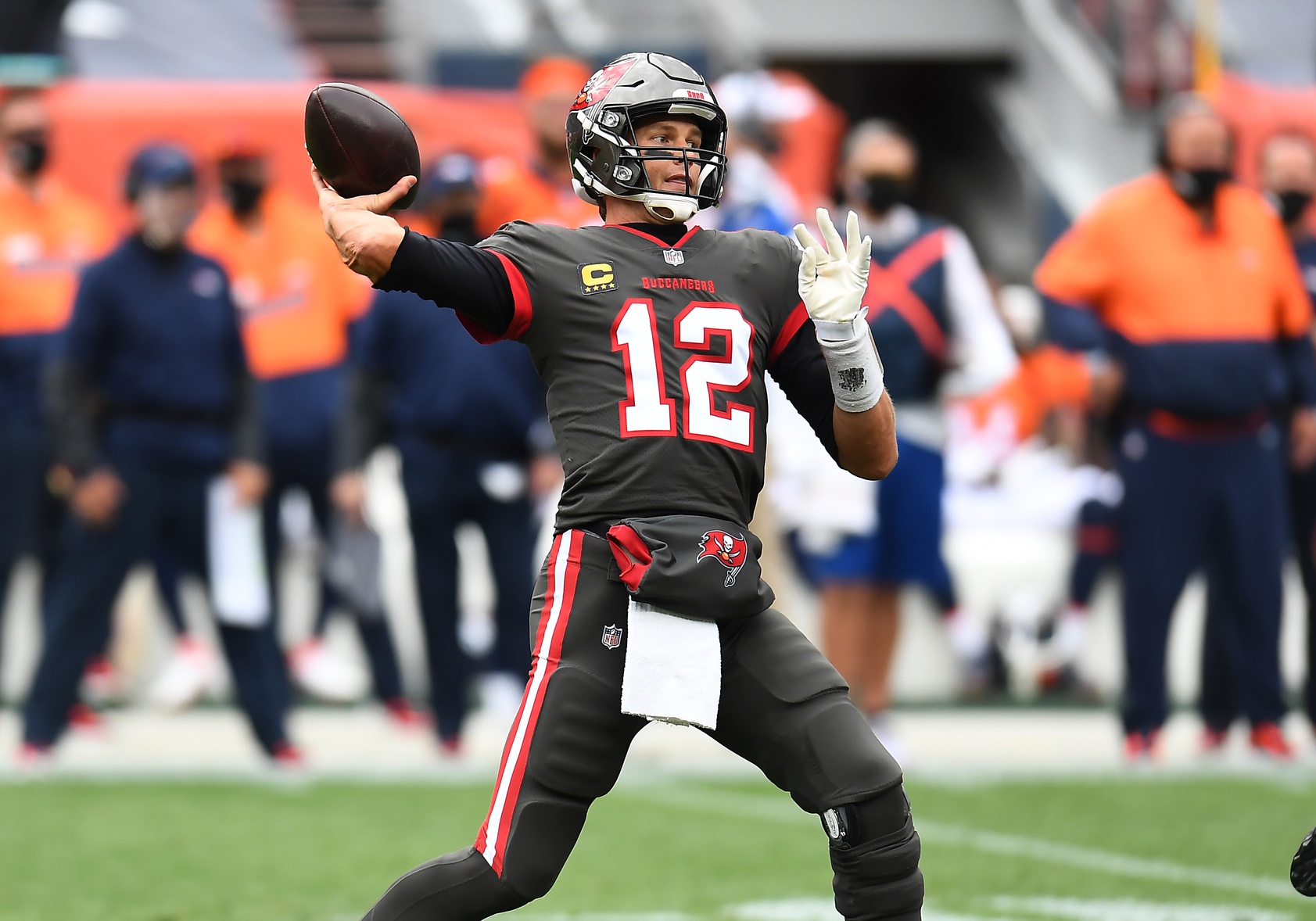
TAMPA BAY BUCCANEERS
Tom Brady
Biggest weakness: Uncatchable passes on throws up to 10 yards
This is another one that sounds odd, especially given Brady's accuracy to all levels of the field. However, if there's a place where Brady has seen a dip in play, it's his percentage of catchable throws on passes up to 10 yards. Brady has an uncatchable-pass rate of 13.1%, sixth highest in the league since 2018. Of course, accuracy can be measured in different ways, and the numbers also show Brady with the highest percentage of “perfect” throws in that range. However, the high percentage of uncatchable passes does leave production on the table, and that's what we've seen from Brady over the past two-plus years.
TENNESSEE TITANS
Ryan Tannehill
Biggest weakness: Sacks on pressured dropbacks
As we've studied pass protection, more accountability is put on the quarterback regarding sack rate, especially when looking at sack rate on pressured dropbacks. This is a longtime weakness in Tannehill's game, as he often ranks near the top in percentage of pressured dropbacks that turn into sacks. Early returns are favorable in this department in 2020, but Tannehill had the third-highest percentage at 31.0% last season after ranking second at 29.2% in 2018. Tannehill has improved his accuracy and decision-making with the Titans, but cutting down on the sacks is the next step in his development.
WASHINGTON FOOTBALL TEAM
Dwayne Haskins
Biggest weakness: Clean-pocket accuracy
There are few more important things for a quarterback than hitting the open throws, especially from a clean pocket, and Haskins ranks just 41st in this department since he entered the league. This is an area that looked like a strength in college, as Haskins threw efficiently at the short and intermediate levels of the field, but it just hasn't translated to the NFL so far. Performance from a clean pocket is one of the best indicators of future performance, which makes Haskins' 68.8 clean-pocket passing grade a cause for concern.
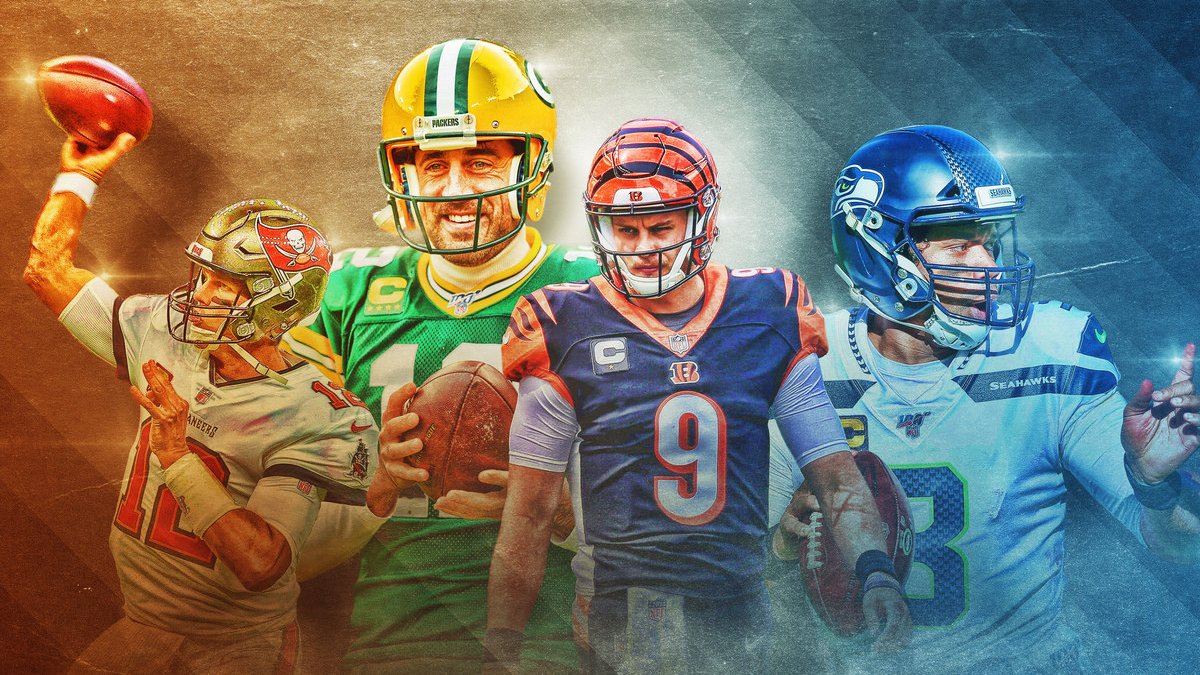


 © 2025 PFF - all rights reserved.
© 2025 PFF - all rights reserved.